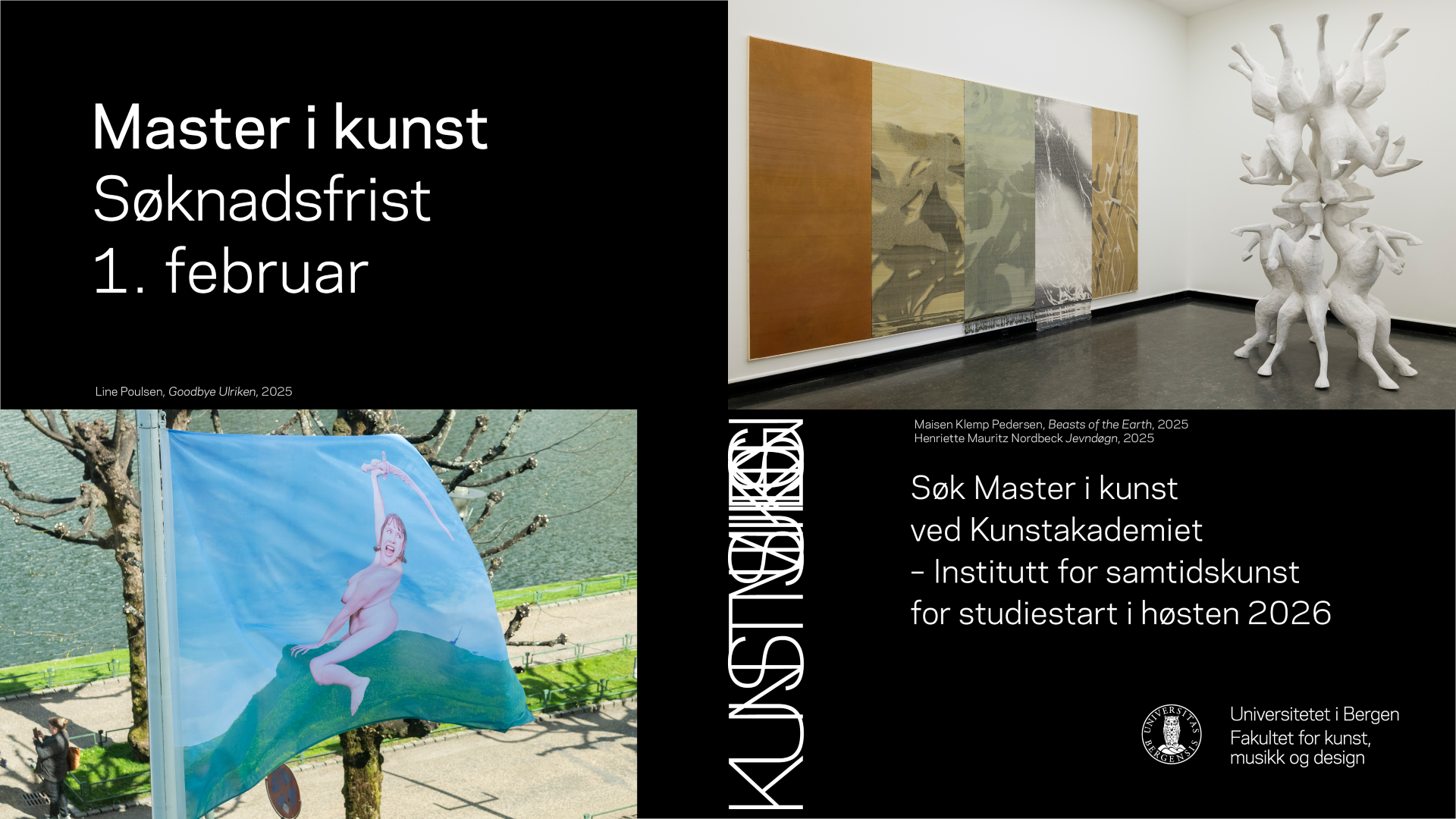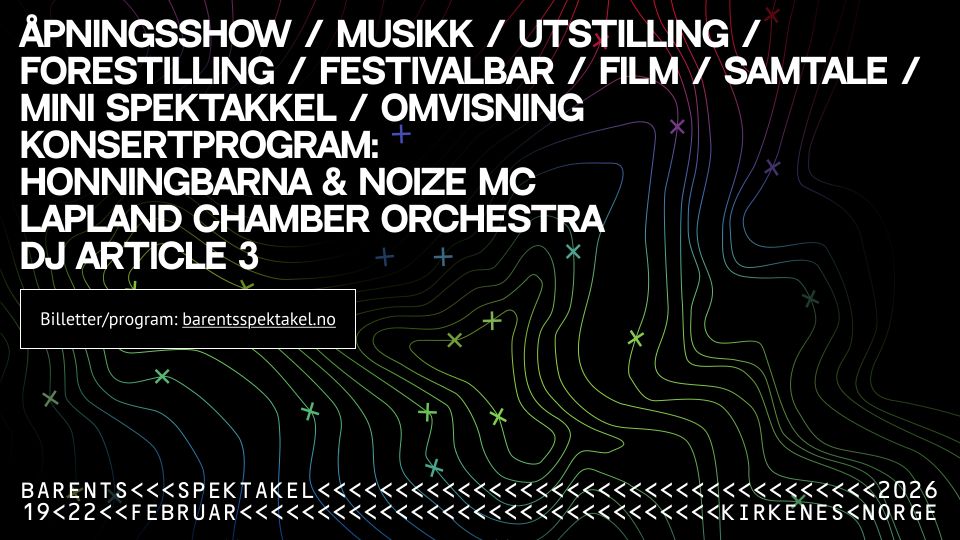
I sin andre utstilling i nye lokaler i Sannergata 25, viser Oslo-galleriet Diorama maleri av den New York-baserte kunstneren Lise Soskolne. Utstillingen med tittelen Bethenny er en serie på ti lett naivistiske malerier som er montert tett og skaper en illusjon av narrativ man kanskje forbinder med tegneserieformatet. Alle forestiller halvmåner med smilende ansiktstrekk omkranset av symboler som kors, yin-yang, eller smilende prestekrager.
Kunstnerens første separatutstilling på 14 år ledsages av et presseskriv med en uvanlig vilje til å plassere kunstnerskapet i en politisk diskurs. Soskolne er utover sitt kunstnerskap sentral i Working Artists and the Greater Economy – W.A.G.E. – en amerikansk aktivistgruppe som arbeider for å regulere betaling av utstillingsbilag til kunstnere som stiller ut i nonprofit-institusjoner som muséer. Gruppen jobber for tiden med et nytt program hvor de vil sertifisere enkeltkunstnere basert på at disse boikotter kunstinstitusjoner som ikke betaler kunstnere etter en sats for minstehonorar. Gjennom sitt nye program, vil W.A.G.E. oppmuntre kunstnere til å gå til handling for å endre sin økonomiske situasjon. Kunstkritikk besøkte Diorama kvelden før åpningen, for å prate med Lise Soskolne om praksis og politikk.
Kunstkritikk: The range of stylistic variation in the paintings I’ve seen is striking.
Lise Soskolne: Yes, they’re all very different. In the last five years I’ve decided on a vocabulary, or a way of making marks, that feels not like “me” exactly, but does what is necessary.

I guess there is a notion that aesthetic stability is more trustworthy. If I understand you correctly, you do not venture too much into other media?
I have done other things, but I’d be willing to claim that I’m a painter. The variation has something to do with a scepticism towards fixed subjectivity that started in high school. In my first figure-drawing class the teacher told me to stand behind the best student and watch him draw, and that I’d then know what to do. When I went back to my easel my hand moved consciously and suddenly I was able to make the necessary marks. At that point I understood that either I didn’t have my own mark, or if I did, it could just as easily have been someone else’s – although I don’t exactly believe that to be true now. Now what I have is something like a mark-making “habit” that has become my own. My approach was also heavily conditioned by going to art school in Vancouver in the early ’90s. Painting was dead, and experiencing the so-called crisis of representation and critique of genius meant that you had to constantly justify painting’s existence and deny one’s own authorship. For about five years I only used palette knives, no brushes, and then later paint trim rollers. With these tools I thought I could find a way around mark making and remove myself completely. I thought: Once I master this, I’ll finally be able to paint whatever I want. But then it turned out there was nothing I wanted to paint – I didn’t have a subject. I finally found the key to the door, but there was nothing behind it. And then I had to start all over again. That’s probably why I haven’t shown my work in such a long time. In the meantime I’ve been doing other things, like engaging with the art world through W.A.G.E., but after having worked in solitude for that long it becomes harder to know when something is “there”. You gradually become unable to gauge what your work is doing or not doing. It becomes very personal in that way.
What is your interest in painting?
I’m not sure; there are so many reasons to love painting and also to be embarrassed by it. There’s something intimate and very one-to-one about painting. Another reason I love it is because it’s so difficult. A long-term problem that never seems to resolve itself, and that appeals to me. Compared to other contemporary practices, its conventionality and conservatism also make it more legible, and I like it for that reason too. It’s almost a given that art makes claims to political agency, but painting doesn’t pretend to be anything other than what it is. It doesn’t assert anything. It’s a thing that hangs on the wall. In a way that’s not very much, but in a way, it’s just enough.

Paintings may command the highest prices, but in truth anything can be monetized. Just because something isn’t easily monetized doesn’t mean that it’s inherently politically resistant. If we’re participating in the art field, we’re participating in its economy – there’s no escape. Even politically or socially engaged artists who circulate outside the commercial market have access to funding through channels like private philanthropy, which is of course value that’s accumulated through the exploitation of labour. Through their donations, private foundations use artists to clean up the mess that capitalism makes by plugging them into gaps where state services should be but are not. I find the willingness of socially engaged artists to engage in that kind of troubling. There’s also a little of the martyr in there.
Is the martyr someone who is so morally pristine that they cannot deal hands-on with things like money?
Maybe this is too big a leap, but there’s a kind of martyrdom in the Van Gogh paradigm of the painter who sacrifices sanity in some kind of creative frenzy. It’s interesting to think about that figure in relation to today’s politically engaged artist – as a new kind of political martyrdom. And like the painter, the socially engaged artist is also for sale to the extent that their work can be – and is – easily tailored to the agendas of those who fund and support them. I don’t know if a direct parallel can be made with the perceived role of the painter, but there is something interesting about this theme.
Van Gogh’s letters were published in 1908, a large volume that reveals that he is both intelligent and very aware of what he is doing, his artistic ambition. Yet his “image” is still communicated as that of the deranged artist.
Well, that goes back to what capitalism can do to your sense of self. I do not want to hold capitalism responsible for everything, but in a way there is a “double murder” there: We’re destroyed by what this system demands of us, and that process of destruction is perfectly commodifiable. A double destruction. How do you avoid it? I’m not saying that’s why I’ve avoided exhibiting, but I intentionally stopped wanting to participate, partly out of fear of what it would do to me. That fear is personal, but that fear was also justified. Who wouldn’t be scared? Apparently the career span of an exhibiting artist is now four years, meaning that there are four years in which your work is in demand and then you’re obsolete.
The faltering career is also a personal fall.
Yes, and it is also your fault. This is central to the construction of the artist as entrepreneur. If you fail, it’s because you failed. Not because the system failed you. You asked about the stylistic variation in my work. That has always been a liability: I was told that my work looked like it was made by ten different people, but how can that be a consideration in a post-Gerhard Richter age? Maybe because consistency and seriality are more highly valued. I internalized the response to my work as my own failure, but maybe it was simply my failure to deliver what the market needed.

Going back to the question of how one should participate in the art world: Couldn’t the artist always decline an offer, and not sell the work?
It’s a question of survival. It is different from Norway where I understand there is ample state funding available. In the USA, sales are a matter of survival because there’s no state funding to support individual artists. There used to be some, but almost without exception artists must sell or have secondary jobs, and many rely heavily on the support non-profits provide. Non-profits are the conduit for funding that the state could give directly to artists.
What is the mission of W.A.G.E.?
W.A.G.E. enters the equation in its insistence that artists must receive fees when they work with these non-profits. But W.A.G.E. can only do so much: artists can and must use their own political agency by choosing how they want to participate and by withholding their work if necessary. W.A.G.E. is working on a new certification programme that will certify individual artists on the basis of their commitment to not work with organisations unless they get paid according to our standards. A kind of matrix of individual boycotts. This is a way of forcing artists to make a commitment and decide what’s at stake for them. Too often artists position themselves as victims of a system that would seek to exploit them without putting anything at risk to change their own position. So, while everyone’s willing to critique capitalism through their work, when it comes to actually doing something, most artists remain compliant. The new W.A.G.E. programme is intended to hold artists accountable for setting the terms on which they engage their own labour. This is the only way that things are ever going to change.
Are artists met with lower expectations than other groups in terms of dealing with their financial situation? Are artists expected not to organize themselves?
They are met with both lower expectations and higher expectations that both come down to the characterization of the exceptional status of the artist as either being completely outside of capitalism or completely subsumed by it. But either way, this exceptional status is the very thing that stops people from getting paid. The argument that’s commonly made is that artists don’t need compensation because they’re being paid through the gratification of being creative. That’s the painter.



















